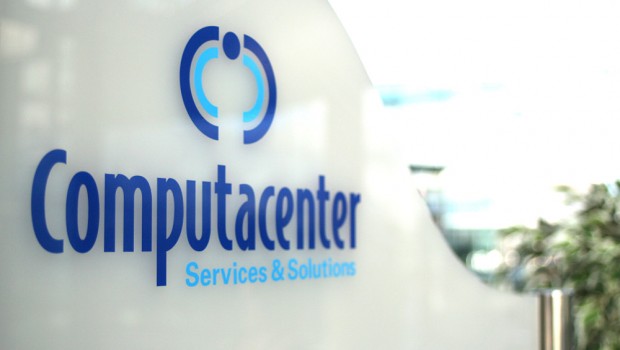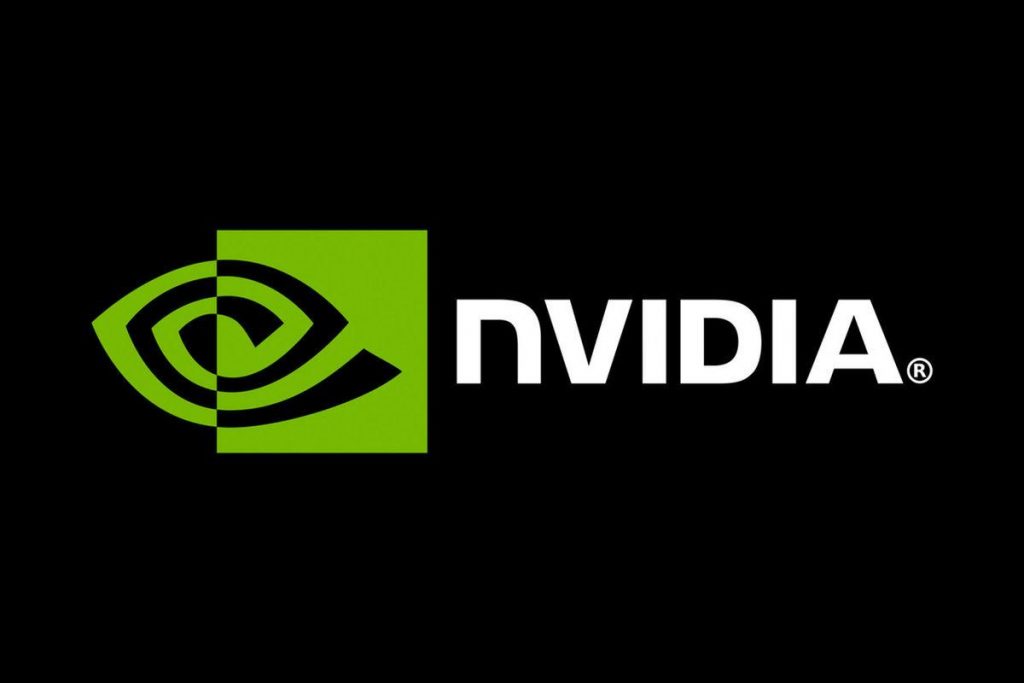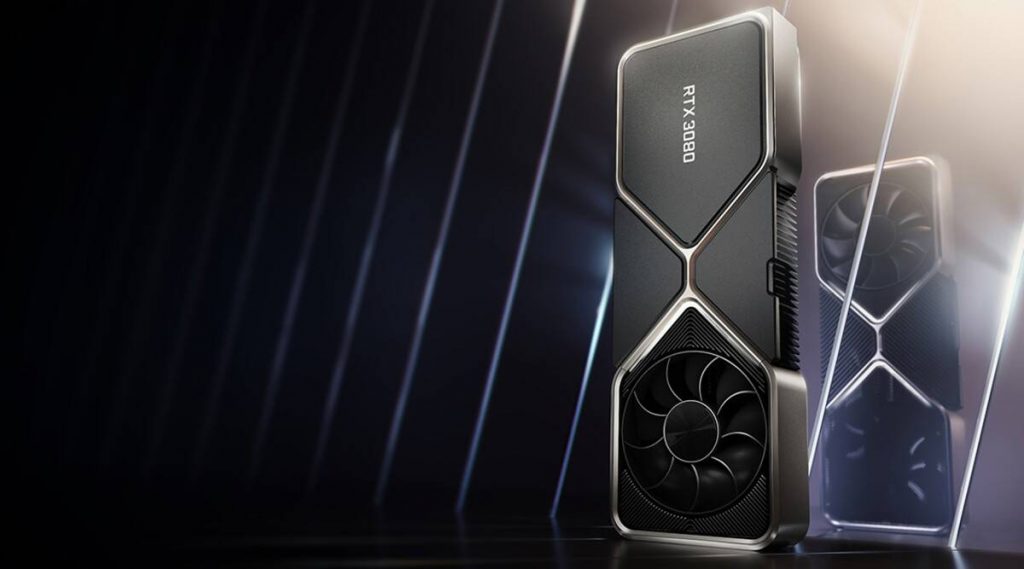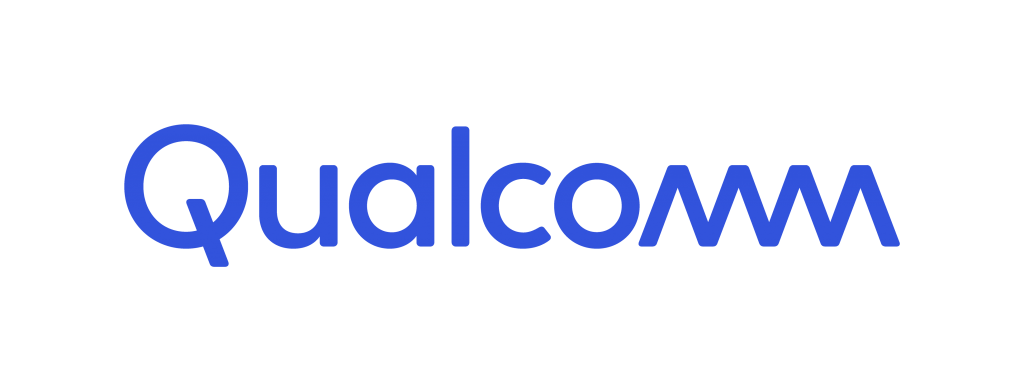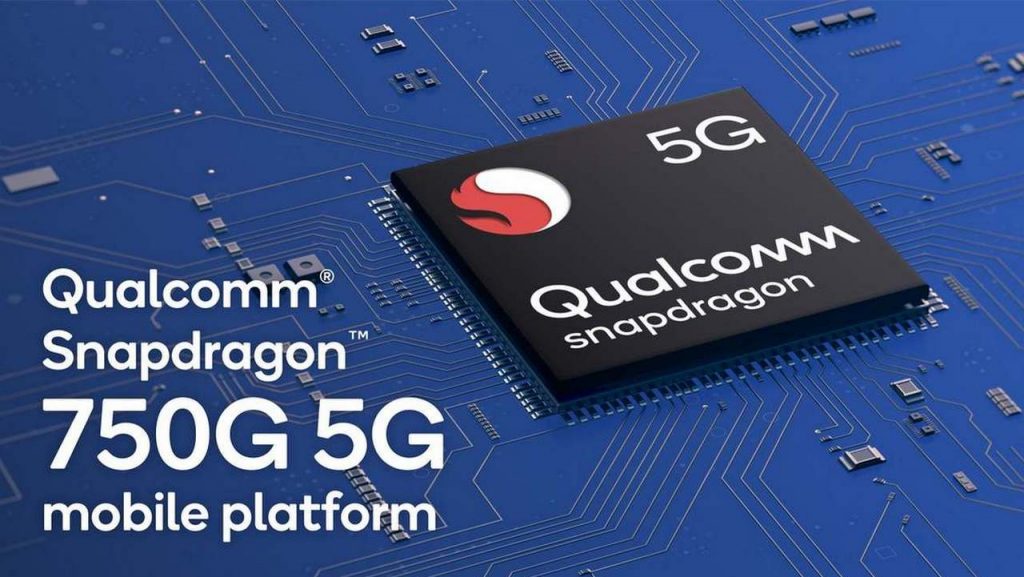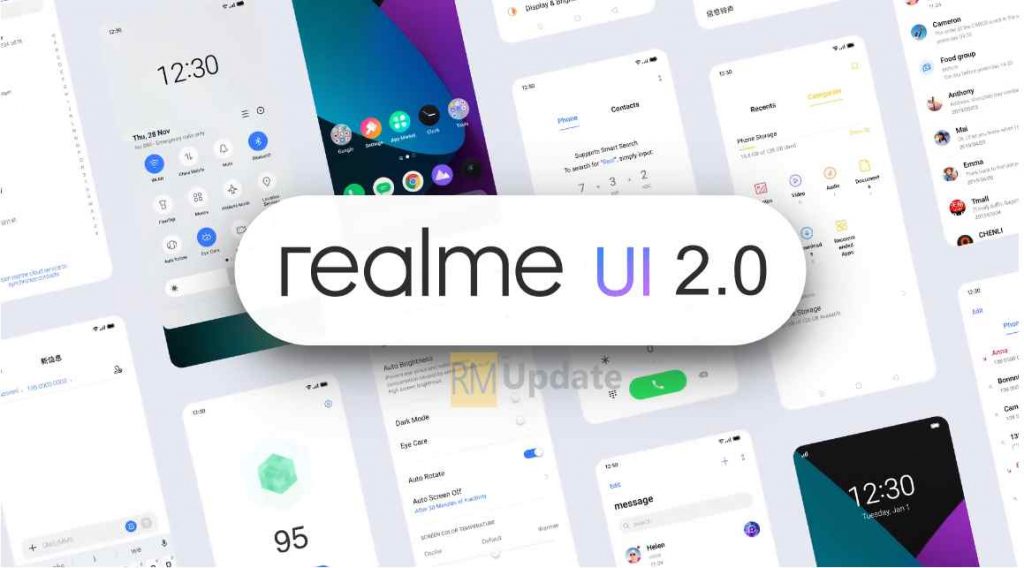Qualcomm launched Snapdragon Sound promising better quality and connectivity
Qualcomm launches Snapdragon Sound as a new suite that can be connected to smartphones and well as wireless headphones and earphones. The first announcement regarding this suite for audio products was announced last year during the Qualcomm Summit in December. The Snapdragon Sounds claim to have improved interoperability between Qualcomm Snapdragon fueled smartphones and also with audio products such as headphones and earphones (Gadgets 360).
The new product suite by Qualcomm has promised better audio quality and efficient connectivity for its users. Apart from these two major improvements, it has also embedded additional features like active noise cancellation (ANC) and voice communication software. To enable and use the Snapdragon Sound, both source device and outfit should be supporting the particular technology.
Qualcomm Snapdragon Sound
This new suite is expected to roll out in the market within the next few weeks. The Qualcomm Snapdragon Sound can be enabled on smartphones powered by Snapdragon 888 which is going to roll out this year. This new product is targeting the electronics manufacturer who originally built smartphone and audio products. The Snapdragon Sound will be provided as a one-step solution for product makers working in ANC, Bluetooth, chipset, and other connectivity technologies.
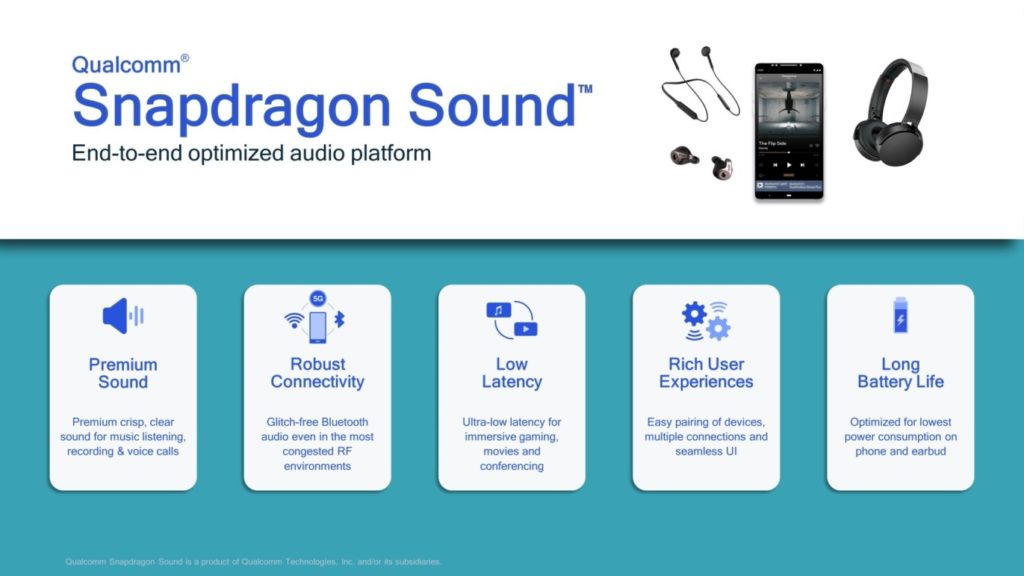
If a user is using a compatible audio product along with supporting a smartphone such as one with Snapdragon 888, this will allow the activation of the entire audio suite experiencing every feature included in Snapdragon Sound. Some of the features of this new audio suite are ANC, Qualcomm FastConnect, aptX Bluetooth codec, etc.
Other companies working for Snapdragon Sound
Qualcomm worked with two other companies for developing the Snapdragon Sound, namely, Xiaomi and Audio Technica (Japanese headphone maker). The new audio suite will be embedded on some of the company’s new products which will broaden the scope for compatibility and attract more audiences. The users will understand that Snapdragon Sound has been enabled and it is operational when they will receive a new pop-up logo on the connected device. The Snapdragon Sound can be connected even in speakers but both the source and output device should support the technology.
The main technologies that are expected to make the Snapdragon Sound exceptional with enhanced audio quality and connectivity are Qualcomm FastConnect 6900 and the Snapdragon 8-series chipset range. The former technology will enable faster and stable Bluetooth connectivity. There is also Qualcomm active noise cancellation technology which will make the experience more real and authentic. The aptX adaptive codec will be used for high-quality audio transmission over Bluetooth and there will be an amplifier package and Qualcomm Aqstic DAC(Gadgets 360).
Since Qualcomm has announced the rollout officially, the product makers can now license the entire audio suite for their new products. The company is also working with Amazon Music HD in order to certify the listening experience and reach out to more people. They want to convey all the purposes that will be provided by the new Snapdragon Sound.
Features of Snapdragon Sound
Snapdragon Sound is ensuring the best audio experience bringing the Qualcomm technologies altogether. The new Snapdragon Sound will provide the best audio paired with excellent connectivity and delivering high-resolution music. Using Snapdragon Sound, the voice calls will be clearer and it will ensure a lag-free gaming experience. The audio suite also ensures extended battery life. You can check out the official website of Snapdragon Sound to get a demo of what your music will sound like.
The Snapdragon Sound is compatible with both smartphones as well as wireless earbuds to headphones. This is the kind of technology aspired by every gamer and those attending business calls 24/7 across the globe. If you don’t choose to connect to earphones or headphones, Snapdragon Sound will play the music extra loud from your phone’s speaker using Aqstic technology. This will not damage the phone speakers.
The audio quality will be uncompressed 24-bit 96 kHz. For Bluetooth connectivity, the audio will be compressed and delivered in quality up to 16-bit 44kHz. Snapdragon Sound uses the aptX voice technology to make calls clearer by improving the sound quality. The background noises will be minimized which has a huge advantage of receiving calls no matter where you are.

Annasha Dey is an NIT student, who apart from studying engineering is also a content writer. She has a great interest in photography, writing, reading novels, and travelling as well. She is a foodie who loves socializing and hanging out with her friends. She is also a trained Kathak dancer and a big fashion enthusiast. Dey also loves watching TV series, which includes F.R.I.E.N.D.S. and Big Bang Theory. To be a better writer she prefers to read more
